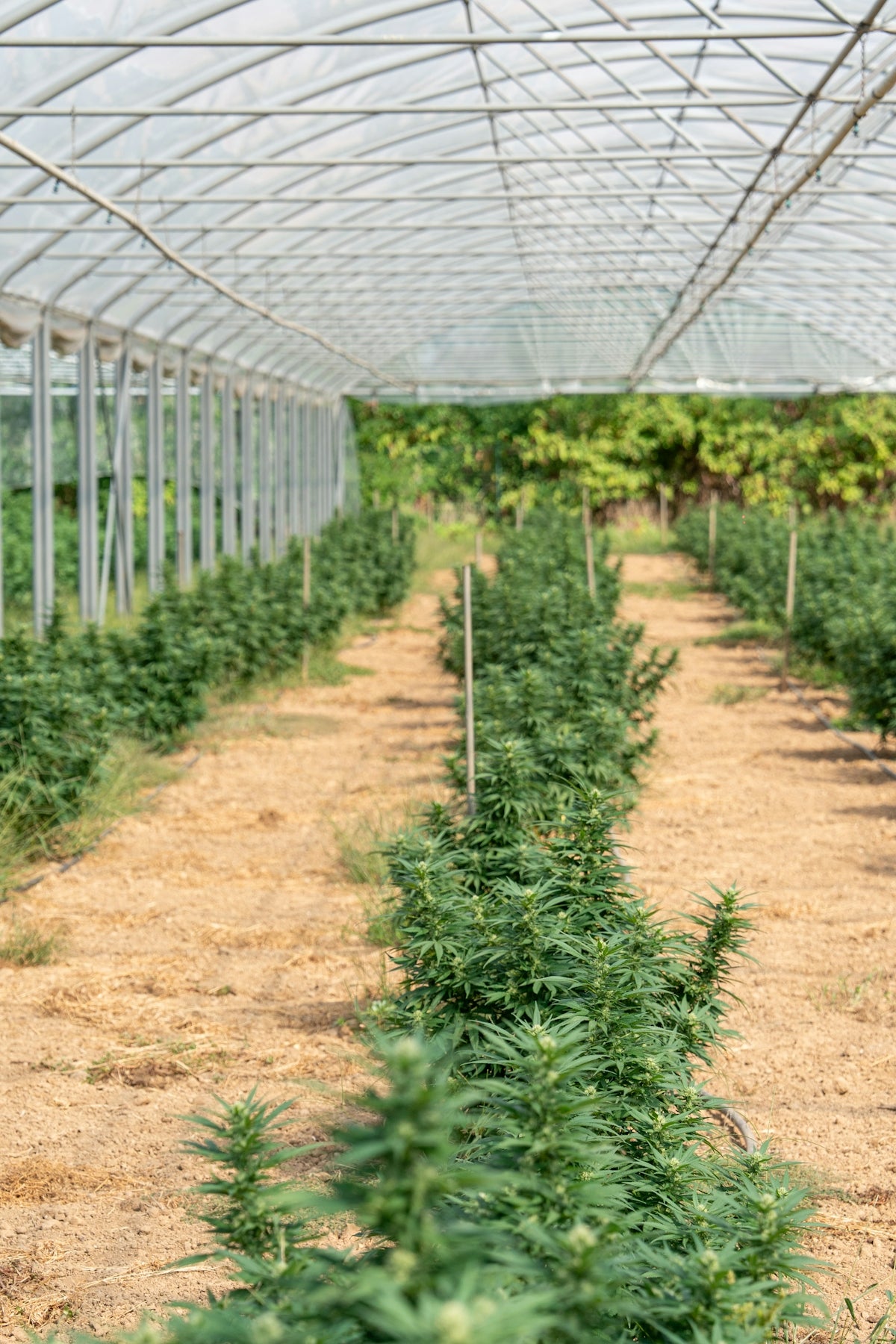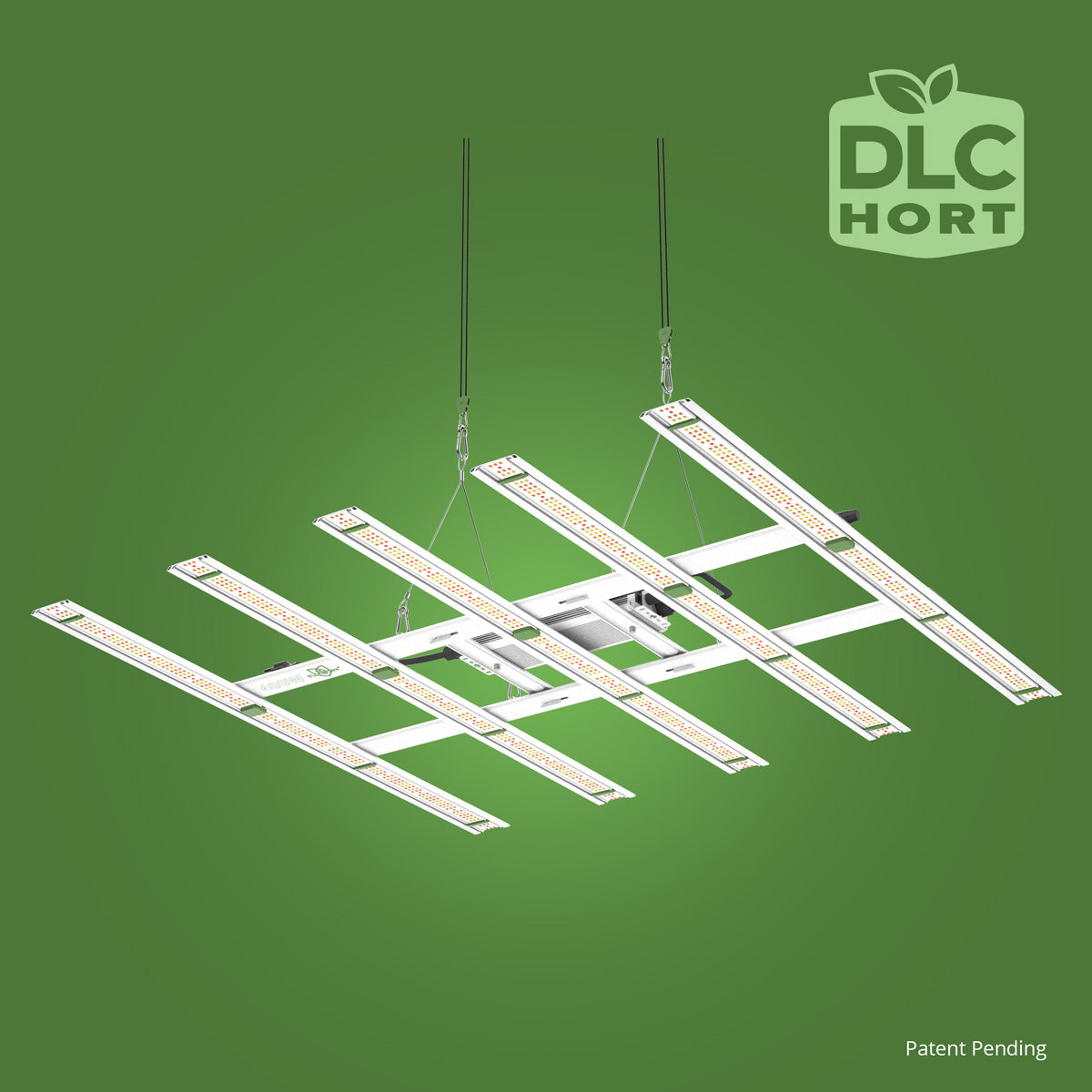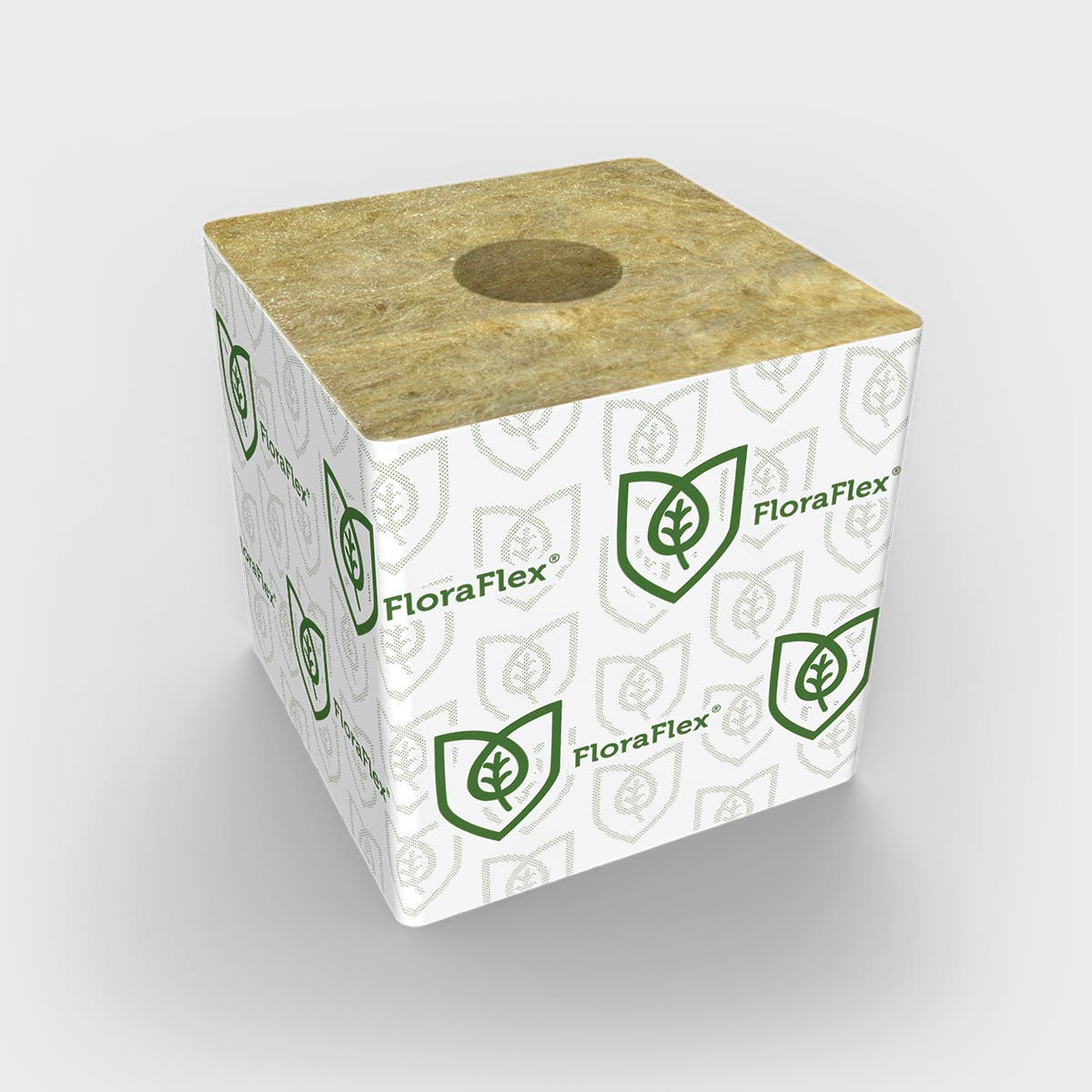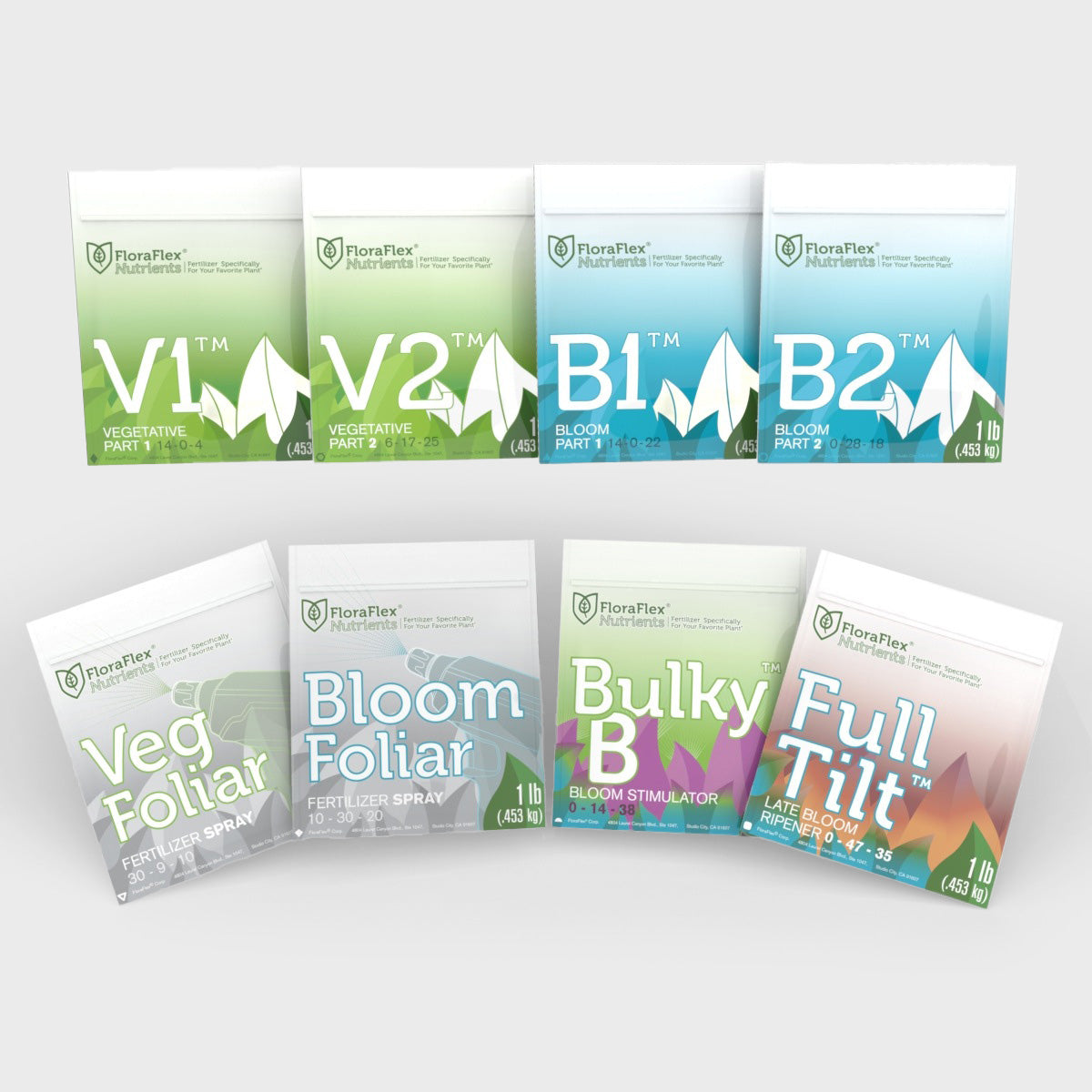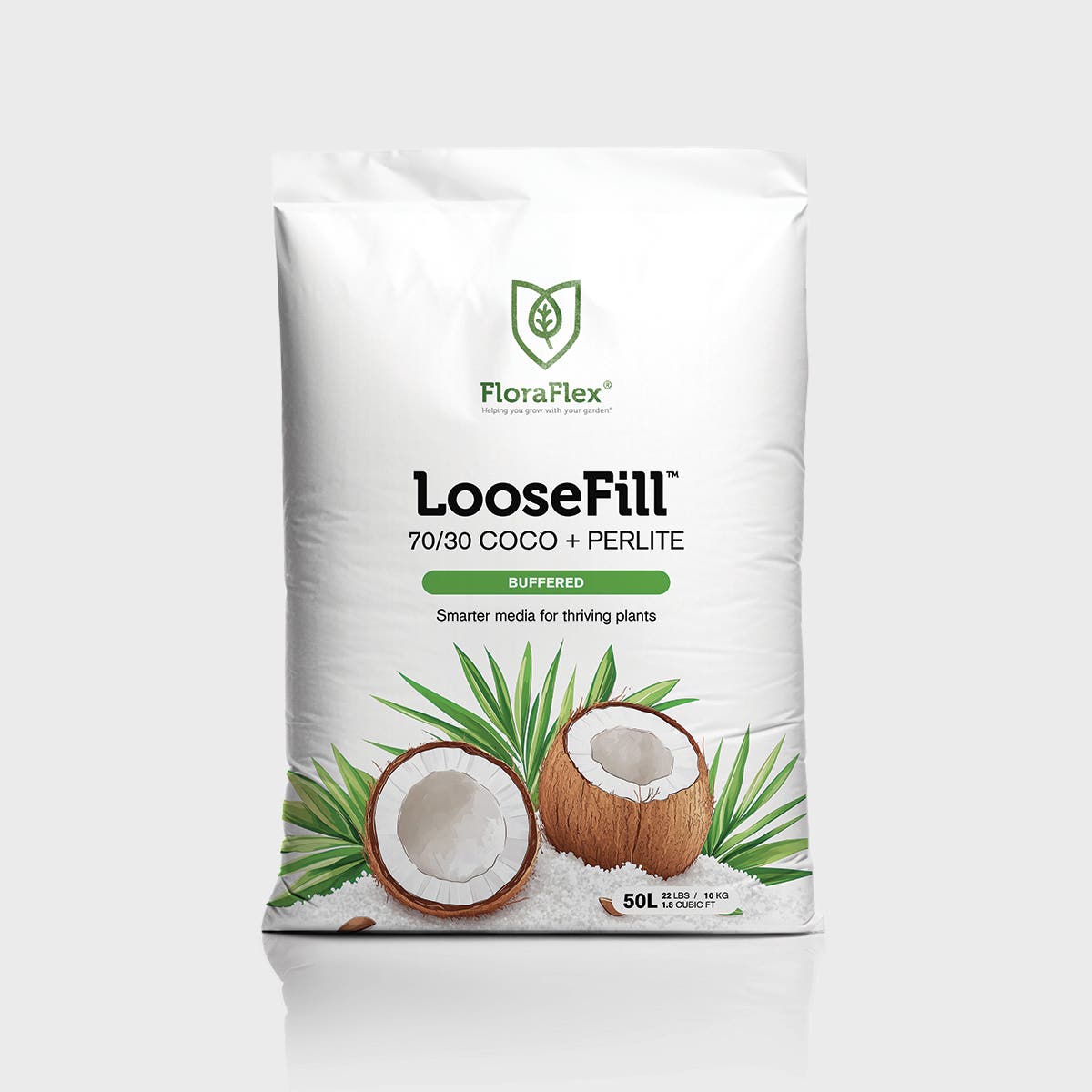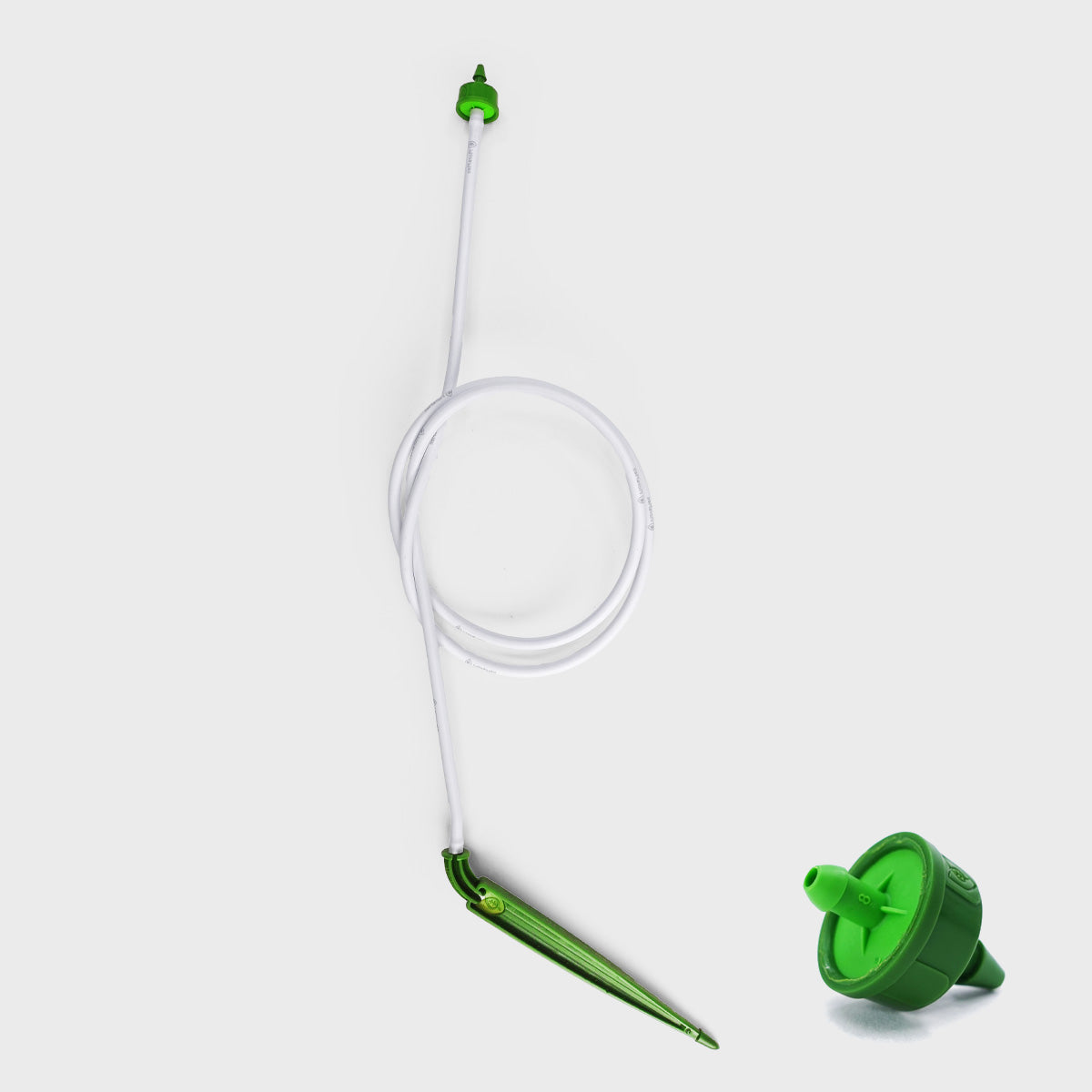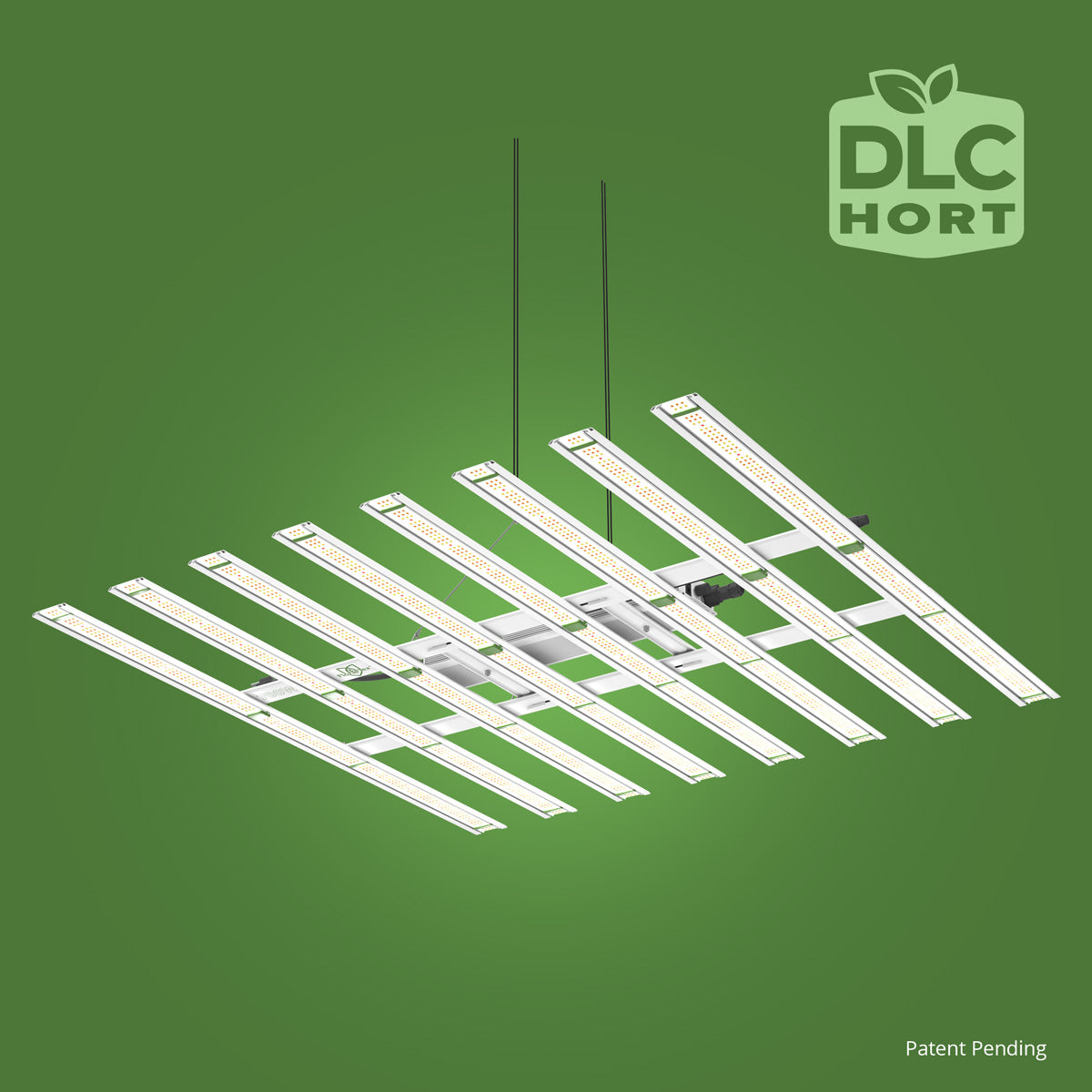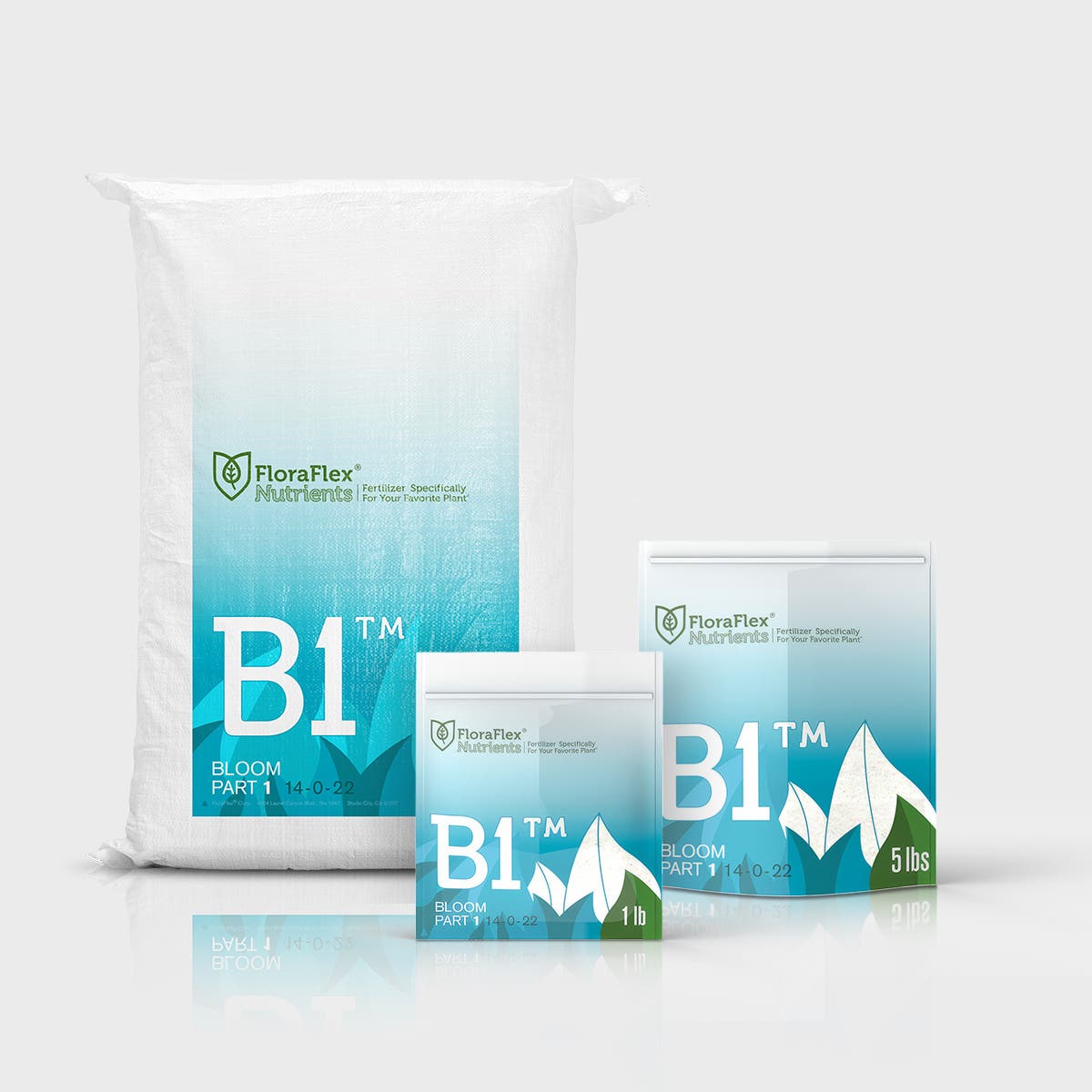Creating an efficient and productive grow space is crucial for any indoor gardening enthusiast. Whether you're cultivating herbs, vegetables, or flowers, setting up a well-organized and effective environment can significantly affect your plants' health and yield. This comprehensive step-by-step guide will walk you through preparing your grow space, ensuring it is optimized for success.
Discover FloraFlex's wide range of products to make your indoor gardening experience more efficient and rewarding.
Step 1: Location Selection
Choosing the ideal location for your grow space is fundamental. Assess the following considerations to ensure you choose a spot that will cater to your plants' needs:
- Light Accessibility: If you have access to natural light, choose a location near windows that receive ample sunlight. If that's not an option, ensure your artificial lighting can effectively replace natural light.
- Temperature & Humidity Control: Select a space where temperature and humidity can be easily managed. Avoid places with extreme temperature fluctuations or high moisture levels that could affect plant growth.
- Ventilation: Adequate airflow is vital to prevent mold and pests. Ensure your chosen location has proper ventilation or that it can be adjusted as needed.
Step 2: Setup Grow Room Structure
Now that you have chosen the perfect spot, it’s time to set up the physical structure of your grow space.
- Decide on Grow Mediums: Consider the grow mediums like soil, hydroponics, or rockwool, where plants anchor their roots. FloraFlex offers 6" FloraFlex Wool Cubes, an excellent option made from basalt rock. These are perfect for both beginners and advanced growers, providing a balanced environment for roots to thrive.
- Shelving and Racks: Install sturdy shelving or racks to organize your plants efficiently. This setup should support the weight of the plants and containers without issue.
- Reflective Material: Line the walls with reflective material like Mylar or a cost-effective alternative like aluminum foil. Reflective surfaces maximize the light exposure reaching your plants, enhancing growth without needing additional lights.
Step 3: Install Lighting Systems
Lighting is one of the critical components of a successful grow space. Evaluate the lighting needs for your type of plants:
- Type of Lights: Choose between fluorescent, LED, or HID lights. LEDs are energy-efficient and produce less heat, making them a popular choice for smaller spaces.
- Positioning: Install lights at an appropriate distance from plants to prevent burning or inadequate lighting. The distance depends on the light type, so refer to manufacturer guidelines for specifications.
- Timer Settings: Implement a timer system to automate light cycles, providing consistent light exposure mimicking natural day and night cycles.
Step 4: Ventilation and Air Circulation
Plants require carbon dioxide for photosynthesis and oxygen for respiration. Proper ventilation ensures a constant supply of these gases while maintaining temperature and humidity levels.
- Fans: Install oscillating fans to promote air circulation, preventing the development of mold and pest infestations.
- Exhaust Systems: Depending on your space size, you may need an exhaust system to remove hot air and maintain cooler temperatures.
- Intake Ventilation: Ensure a fresh air supply by setting up intake fans or simply allowing air to enter from an adjoining room or window.
Step 5: Watering and Feeding Systems
Establish an efficient watering and nutrient delivery system to provide plants with essential hydration and nutrients.
- Choose a Watering System: Consider manual watering, automated systems, or a drip irrigation kit for convenience and consistency.
- Nutrient Delivery: Prepare a tailored nutrient regimen suitable for your plant species. Consider products that enhance plant growth throughout various life stages.
Step 6: Environmental Monitoring and Control
Advanced monitoring and control systems help maintain the optimal conditions for plant growth.
- Thermometers and Hygrometers: Use these devices to regularly check temperature and humidity levels in your grow space.
- Automated Controllers: Invest in controllers that automate temperature, humidity, and CO2 levels, simplifying environmental management.
Step 7: Regular Maintenance and Troubleshooting
Lastly, establishing a routine for regular maintenance will keep your grow space efficient over time.
- Routine Inspections: Frequently check for mold, pests, or equipment malfunctions. Early detection of issues can prevent them from escalating.
- Cleanliness: Keep your grow space clean to avoid contamination and pest infestations. Regularly sanitize equipment and surfaces as part of your maintenance routine.
By following these steps, you'll establish a grow space designed for success. Each stage—from location selection to daily maintenance—is crafted to provide your plants with an environment that meets all their needs efficiently and effectively. Remember, your attention to detail and dedication will reflect in the quality of the plants you grow.
Learn more about optimizing your grow space with FloraFlex here.

